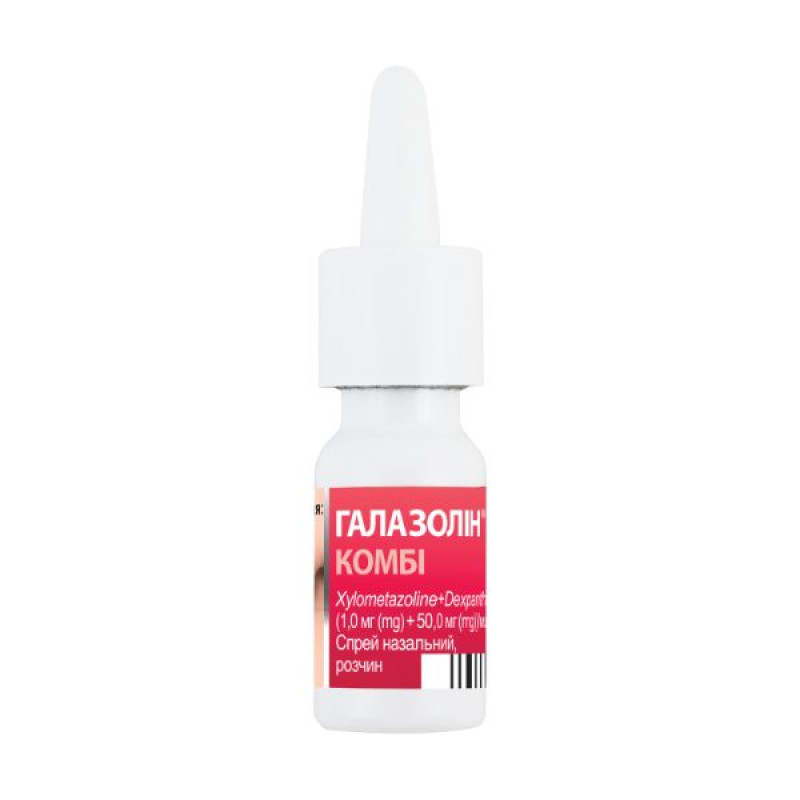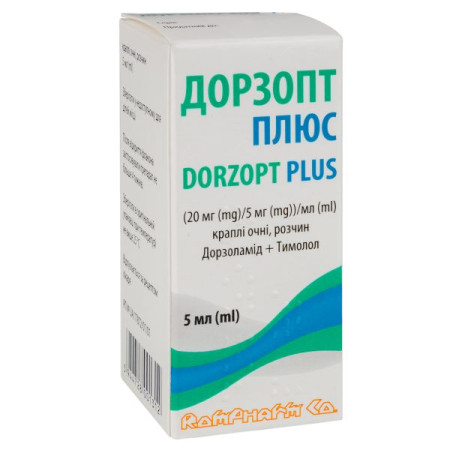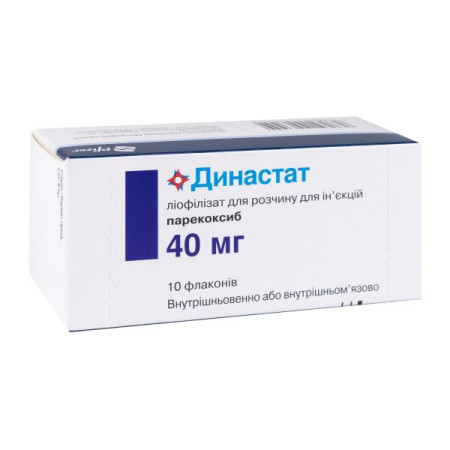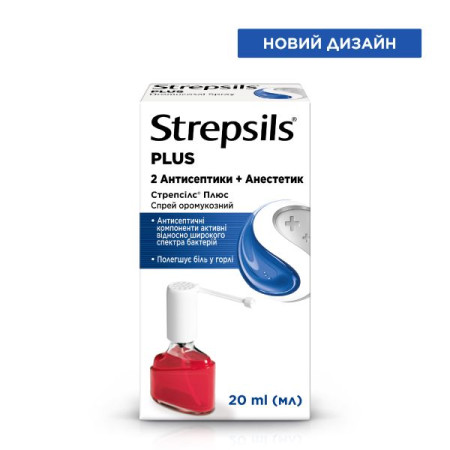Galazolin Combi spray nasal solution 1 mg/ml + 50 mg/ml dropper bottle 10 ml

Instructions Galazolin Combi spray nasal solution 1 mg/ml + 50 mg/ml dropper bottle 10 ml
Composition
active ingredients: xylometazoline; dexpanthenol;
1 ml of solution contains: 0.5 mg of xylometazoline hydrochloride and 50 mg of dexpanthenol;
one spray of 0.1 ml of solution contains 0.05 mg of xylometazoline hydrochloride and 5 mg of dexpanthenol;
Excipients: disodium phosphate dodecahydrate, potassium dihydrogen phosphate, benzalkonium chloride solution, purified water.
Dosage form
Nasal spray, solution.
Main physicochemical properties: colorless transparent liquid.
Pharmacotherapeutic group
Anti-edematous and other rhinological preparations for topical use. Sympathomimetics, combinations, excluding corticosteroids. ATX code R01A B06.
Pharmacological properties
Pharmacodynamics
GALAZOLIN® COMBI is a combined preparation containing an alpha-sympathomimetic and a vitamin analogue for topical application to the nasal mucosa. Xylometazoline has a vasoconstrictor effect, as a result of which it eliminates swelling of the mucous membrane. Dexpanthenol is a derivative of pantothenic acid, which promotes wound healing and protects the mucous membranes.
Xylometazoline hydrochloride
Xylometazoline is an imidazoline derivative, an alpha-adrenergic sympathomimetic. It is a direct antagonist of alpha-adrenergic receptors. The drug causes a narrowing of the blood vessels of the mucous membrane, as a result of which edema is eliminated, hyperemia of the mucous membranes of the nasopharynx and the amount of exudate are reduced. Reducing hyperemia of the nasal mucosa facilitates nasal breathing in patients with symptoms of impaired nasal passage during colds and after surgical interventions in the nasal cavity.
The onset of action usually occurs after 5–10 minutes, and its manifestation is the relief of nasal breathing due to the elimination of edema and improved discharge.
Dexpanthenol
Dexpanthenol is an alcohol analogue of pantothenic acid (vitamin B5) and, due to an intermediate conversion, has the same biological activity as pantothenic acid. Pantothenic acid and its salts are water-soluble vitamins that, like coenzymes, are involved in many metabolic processes, including promoting the synthesis of proteins and corticosteroids, as well as the production of antibodies. Coenzyme A is also involved in the formation of lipids, which, in particular, constitute the secretion of the sebaceous glands, which has an important protective function. In addition, coenzyme A plays a role in the acetylation of amino sugars, which are the main building blocks for various mucopolysaccharides.
Dexpanthenol protects the epithelial layers and promotes wound healing.
Pharmacokinetics
Xylometazoline hydrochloride
Sometimes, nasal administration results in significant amounts of xylometazoline being absorbed, causing systemic effects, for example, on the central nervous and cardiovascular systems.
Pharmacokinetic data in humans are not available.
Dexpanthenol
Dexpanthenol is absorbed through the skin and undergoes enzyme-catalyzed oxidation to pantothenic acid. The vitamin is transported into the plasma in a protein-bound form. As an important structural element, pantothenic acid combines with coenzyme A and is distributed throughout the body. Detailed studies of metabolism in the skin and mucous membranes are lacking. 60–70% of an orally administered dose is excreted in the urine and 30–40% in the feces.
Indication
Nasal congestion during acute rhinitis; promoting healing of the skin around the nasal passages and damage to the mucous membrane in the nasal cavity; vasomotor rhinitis (rhinitis vasomotorica); impaired nasal breathing after surgical interventions in the nasal cavity.
Contraindication
Hypersensitivity to xylometazoline hydrochloride, dexpanthenol or any of the excipients; atrophic rhinitis (rhinitis sicca); transsphenoidal hypophysectomy and surgical interventions with exposure of the meninges in history; acute coronary diseases, including cardiac asthma; angle-closure glaucoma; hyperthyroidism; concomitant treatment with MAO inhibitors and within 2 weeks after their discontinuation; pregnancy or breastfeeding.
The medicinal product contains benzalkonium chloride, therefore it should not be used in patients with known hypersensitivity to this substance.
GALAZOLIN® COMBI (1 mg+50 mg)/ml should not be used in children under 6 years of age.
Interaction with other medicinal products and other types of interactions
Xylometazoline hydrochloride
Concomitant use with tranylcypromine, monoamine oxidase inhibitors, tri- or tetracyclic antidepressants, or β-blockers may lead to an increase in blood pressure due to the effects of these drugs on the cardiovascular system.
The simultaneous use of xylometazoline with other sympathomimetic drugs (e.g. ephedrine, pseudoephedrine) should be avoided due to their synergistic effects.
Dexpanthenol
No interaction studies have been conducted.
Application features
This medicine should only be used after careful risk/benefit assessment:
patients with increased intraocular pressure, especially in case of angle-closure glaucoma (see section "Contraindications");
patients with cardiovascular diseases (ischemic heart disease, arterial hypertension); patients with pheochromocytoma; patients with metabolic disorders (for example, in the case of diabetes mellitus); patients who have experienced adverse reactions to sympathomimetics, manifested in the form of insomnia, dizziness, tremor, cardiac arrhythmia, increased blood pressure; patients with prostatic hyperplasia; patients with porphyria.
Anti-edematous sympathomimetics, especially with prolonged use or in case of overdose, can lead to reactive hyperemia of the nasal mucosa.
This reversible effect leads to narrowing of the airways, forcing the patient to repeatedly apply the drug until chronic use occurs.
This leads to chronic edema (rhinitis medicamentosa) with the risk of atrophy of the nasal mucosa.
In mild cases, it may be sufficient to discontinue the use of the sympathomimetic agent first in one nasal passage and then, once symptoms have resolved, in the other, to maintain at least partial nasal breathing.
The recommended dose of the drug should not be exceeded, especially when treating children and elderly patients.
Patients with long QT syndrome who use xylometazoline may be at increased risk of serious ventricular arrhythmias.
The drug contains benzalkonium chloride, which may cause irritation of the nasal mucosa.
Ability to influence reaction speed when driving vehicles or other mechanisms
When used correctly, xylometazoline has no or negligible influence on the ability to drive or use machines.
Use during pregnancy or breastfeeding
GALAZOLIN® COMBI should not be used during pregnancy and breastfeeding due to the lack of relevant studies.
Fertility.
There are no data on the effect of the drug on fertility.
Since systemic exposure to xylometazoline hydrochloride is very low, the likelihood of an effect on fertility is extremely low.
Method of administration and doses
For nasal use.
GALAZOLIN® COMBI should be applied one spray into each nasal passage no more than three times a day. The dosage depends on individual sensitivity and clinical response.
GALAZOLIN® COMBI should not be used for longer than 7 days, unless recommended by a doctor.
GALAZOLIN® COMBI (0.5 mg+50 mg)/ml (one press releases 0.05 mg of xylometazoline hydrochloride and 5.0 mg of dexpanthenol) is prescribed for children aged 2 years and older.
Children aged 2 to 6 years
1 dose of spray in each nasal passage 1–2 times a day (every 8–10 hours).
Use in children is recommended only under adult supervision.
GALAZOLIN® COMBI (1 mg+50 mg)/ml (one press releases 0.1 mg of xylometazoline hydrochloride and 5.0 mg of dexpanthenol) is prescribed for adults and children aged 6 years and older.
Adults and children aged 6 years and over:
1 dose of spray in each nasal passage 1–2 times a day (every 8–10 hours).
Method of application:
Before each use of the drug, the protective cap should be removed (Fig. 1). Before the first use of a new spray bottle, press the dispenser 3-5 times until a fine, uniform spray appears. Insert the tip of the dispenser into the nasal passage (Fig. 2). Holding the bottle vertically, press the dispenser. Repeat the introduction into the other nasal passage. After use, the tip of the dispenser should be closed with the protective cap.
For hygienic reasons, each package should only be used by one person to avoid infection.
Children
GALAZOLIN® COMBI (1 mg+50 mg)/ml is not used in children under 6 years of age.
Overdose
The clinical picture of intoxication with imidazole derivatives can be unclear, since periods of stimulation can alternate with periods of depression of the central nervous system and cardiovascular system.
Overdose, especially in children, may result in significant central nervous system effects, including convulsions, coma, bradycardia, apnea, and hypertension, which may progress to hypotension.
Symptoms of central nervous system stimulation include anxiety, agitation, hallucinations, and seizures.
Symptoms of central nervous system depression manifest as decreased body temperature, lethargy, drowsiness, and coma.
The following additional symptoms are possible: miosis, mydriasis, sweating, nausea, cyanosis, fever, pale skin, tachycardia, bradycardia, cardiac arrest, cardiac arrhythmia, arterial hypertension, shock-like hypotension, pulmonary edema, respiratory depression and apnea, sometimes impaired consciousness.
Overdose treatment
Pantothenic acid and its derivatives, such as dexpanthenol, have very low toxicity. In case of overdose, no therapeutic measures are required.
Adverse reactions
Xylometazoline hydrochloride
Nervous system disorders: agitation, insomnia, increased fatigue, drowsiness, sedative effect, hallucinations (especially in children), headache.
Cardiovascular system disorders: systemic manifestations of sympathomimetics, such as tachycardia, palpitations, increased blood pressure, arrhythmia.
Immune system disorders: hypersensitivity reactions, including angioedema, rash, pruritus.
Musculoskeletal and connective tissue disorders: convulsions (especially in children).
Respiratory, thoracic and mediastinal disorders: nasal mucosal discomfort (dryness, burning), increased mucosal edema with decreasing drug effect (reactive hyperemia), nosebleeds, sneezing.
On the part of the organs of vision: transient visual impairment.
Gastrointestinal: nausea.
Prolonged or frequent use of the drug, as well as use in higher doses than recommended, may lead to irritation of the mucous membrane and increased edema. This effect is possible after 5 days of treatment, and continued treatment may lead to irreversible damage to the nasal mucosa and dry rhinitis (rhinitis sicca).
Dexpanthenol
Immune system disorders: individual hypersensitivity reactions.
Expiration date
3 years.
The shelf life after first opening is 12 weeks.
Do not use after the expiration date.
Storage conditions
Store in the original packaging at a temperature not exceeding 25 °C.
Keep out of reach of children.
Packaging
10 ml of solution in a polyethylene dropper bottle, with a mechanical pump and dispenser, closed with a cap with an applicator. 1 bottle in a cardboard box.
Vacation category
Without a prescription.
Producer
MEDANA PHARMA Joint Stock Company/MEDANA PHARMA Spolka Akcyjna.
Location of the manufacturer and its business address
57, Polskiej Organizacji Wojskowej Str., 98-200 Sieradz, Poland
There are no reviews for this product.
There are no reviews for this product, be the first to leave your review.
No questions about this product, be the first and ask your question.















